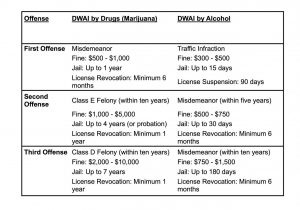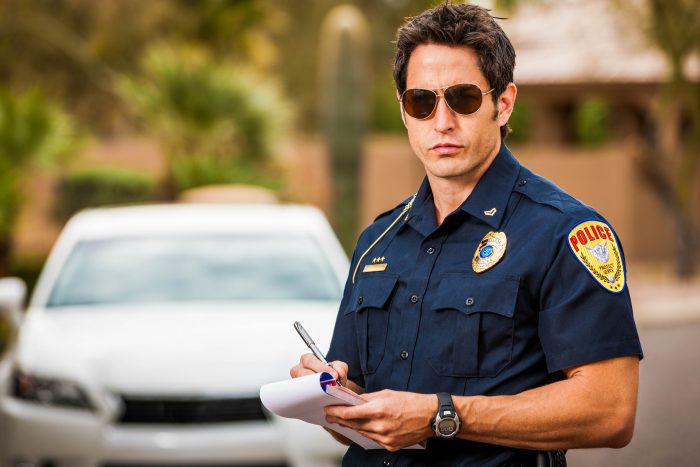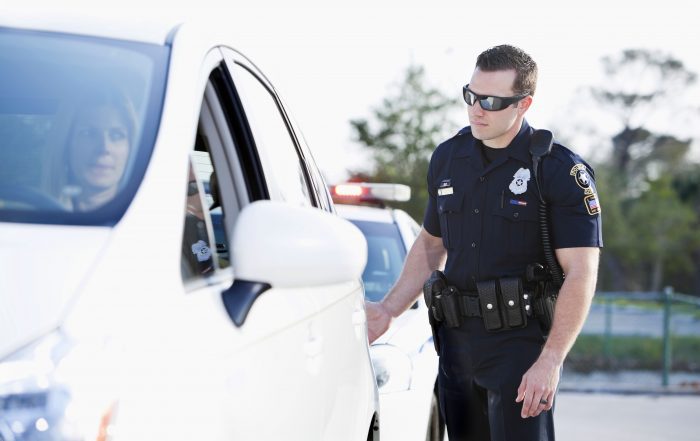By Shannon L. Malone, Esq.

As we enter the new year, it’s essential to understand the significant changes in New York’s criminal laws. The 2023-2024 legislative session introduced several noteworthy reforms to enhance public safety, address emerging crimes, and improve judicial processes. This column outlines three major areas of legislative focus: judicial and juror security, organized retail theft, and deed theft criminalization.
Strengthening protections for judges and jurors
In response to increasing threats against the judiciary, the New York State Legislature enacted the Judicial Security Act. This law empowers judges and former judges to request the removal of personal information—such as home addresses, phone numbers, and the identities of minor children—from public platforms. The impetus for this law was a tragic 2020 incident in New Jersey, where a federal judge’s family members were attacked in their home.¹
Additionally, new criminal statutes were introduced to address threats and violence against judges. The existing felony of assault on a judge has been revised, eliminating the need to prove intent to cause “serious physical injury.” Prosecutors must now establish only that the assault aimed to prevent the judge from fulfilling judicial duties. Further, two new crimes—aggravated assault on a judge (a Class B felony) and aggravated harassment of a judge (a Class E felony)—were created to penalize acts of violence or harassment against judges or their immediate families.²
Jurors also gained new protections. Courts can now issue protective orders to withhold juror identities when concerns arise regarding tampering, harassment, or pretrial publicity. Such measures aim to preserve impartiality while ensuring jurors’ safety.³
Combating organized retail theft
Retail theft has evolved into an organized and costly phenomenon, prompting legislative action. Previously, a thief could only face petit larceny charges for individual thefts under $1,000, even if part of a larger scheme. Under the new law, if the aggregate value of property stolen from multiple locations exceeds $1,000, the offender can now be charged with grand larceny in the fourth degree, a Class E felony. Higher aggregate values can lead to more severe felony charges.⁴
Further protections were added for retail workers. A new Class E felony, assault on a retail worker, criminalizes acts of violence committed to hinder retail employees from performing their duties.⁵
Criminalizing deed theft
Deed theft, a predatory crime targeting vulnerable homeowners—often in minority communities—has now been explicitly criminalized under the larceny statute. Fraudulently obtaining a deed through forged signatures or deceptive practices can result in felony charges. Moreover, the attorney general is now authorized to prosecute these cases, adding significant enforcement power to this initiative.⁶
Additional reforms
The legislative session also addressed hate crimes, identity theft, and outdated laws. Twenty-two new offenses were added to the list of hate crimes, including crimes targeting individuals’ religious attire, such as the desecration of religious symbols or the disruption of religious services.⁷ In another modernizing move, the long-dormant crime of adultery was repealed, reflecting evolving societal norms.⁸
Finally, the legalization of jaywalking in New York City marks a shift in enforcement priorities. Motivated by concerns over racial disparities in summonses, this decision allows pedestrians to cross streets outside crosswalks without penalty.⁹
Conclusion
These legislative changes reflect New York’s commitment to addressing modern challenges while safeguarding fairness and justice. Whether enhancing protections for the judiciary or targeting organized theft, the state is adapting its legal framework to meet the needs of its citizens. Consulting the full legislative texts or speaking with an attorney can provide additional insights for readers seeking more information on these laws.
References:
1. 2024 N.Y. Laws, Ch. 56, Part F (adding Judiciary Law article 22-c), eff July 19, 2024; 2. 2024 N.Y. Laws, Ch. 55, Part FF (amending P.L. §§ 120.09-a, 240.33), eff July 19, 2024; 3. A. 7495, awaiting the signature of the governor; 4. 2024 N.Y. Laws, Ch. 55, Part FF (amending P.L. §§ 155.36, 155.40, and 155.42), eff July 19, 2024; 5. 2024 N.Y. Laws, Ch. 55, Part A (adding P.L. § 120.19), eff July 19, 2024; 6. 2024 N.Y. Laws, Ch. 56, Part O (amending P.L. § 155.00), eff July 19, 2024; 7. 2024 N.Y. Laws, Ch. 55, Part C (amending P.L. § 485.05), eff June 19, 2024; 8 A. 4714, awaiting the signature of the governor; 9. Int. No. 346-A, eff February 23, 2025.
Shannon L. Malone, Esq. is an Associate Attorney at Glynn Mercep Purcell and Morrison LLP in Setauket. She graduated from Touro Law, where she wrote and served as an editor of the Touro Law Review. Ms. Malone is a proud Stony Brook University alumna.









 It should be noted that a significant difference between these two offenses is the severity of the above consequences. A DWAI by marijuana conviction results in a criminal record from the first offense, whereas a first-time DWAI by alcohol does not. However, proving impairment due to marijuana can be more complex. Unlike alcohol, where Blood Alcohol Content (BAC) levels provide a straightforward measure of impairment, the presence of drugs like marijuana does not necessarily indicate impairment. The prosecution must demonstrate that the driver’s ability to operate the vehicle was actually impaired. However, there is a movement underfoot to lower the legal BAC limit, which would seriously affect the enforcement, prosecution, and defense of Driving While Intoxicated (DWI) cases. More will be written about this in future articles.
It should be noted that a significant difference between these two offenses is the severity of the above consequences. A DWAI by marijuana conviction results in a criminal record from the first offense, whereas a first-time DWAI by alcohol does not. However, proving impairment due to marijuana can be more complex. Unlike alcohol, where Blood Alcohol Content (BAC) levels provide a straightforward measure of impairment, the presence of drugs like marijuana does not necessarily indicate impairment. The prosecution must demonstrate that the driver’s ability to operate the vehicle was actually impaired. However, there is a movement underfoot to lower the legal BAC limit, which would seriously affect the enforcement, prosecution, and defense of Driving While Intoxicated (DWI) cases. More will be written about this in future articles.




 Out-of-State Convictions
Out-of-State Convictions
 In the ongoing battle against impaired driving, the stakes couldn’t be higher. With potent synthetic drugs flooding into our communities, state legislators are feeling the pressure to modernize existing laws and ensure that those who choose to drive under the influence face appropriate consequences.
In the ongoing battle against impaired driving, the stakes couldn’t be higher. With potent synthetic drugs flooding into our communities, state legislators are feeling the pressure to modernize existing laws and ensure that those who choose to drive under the influence face appropriate consequences.


